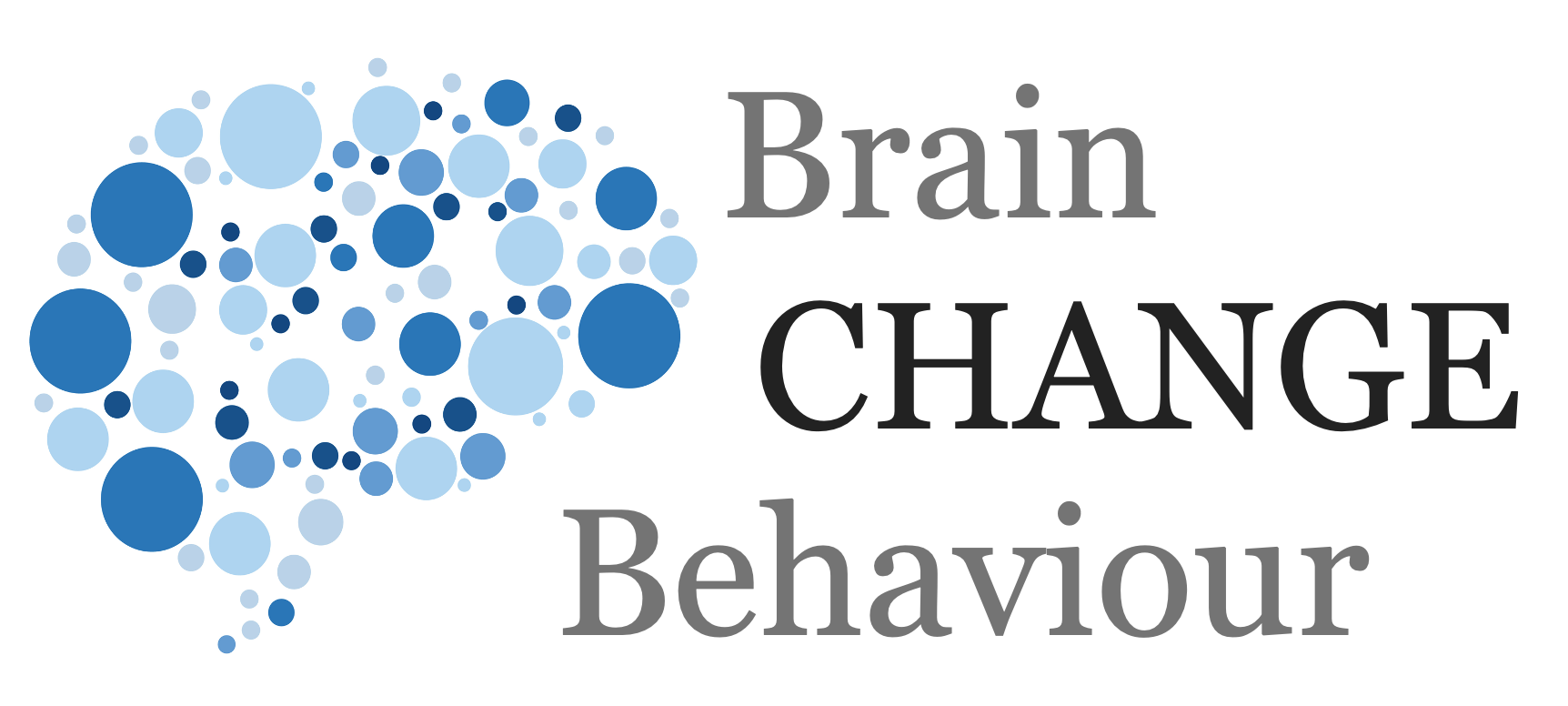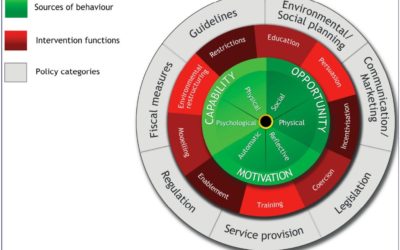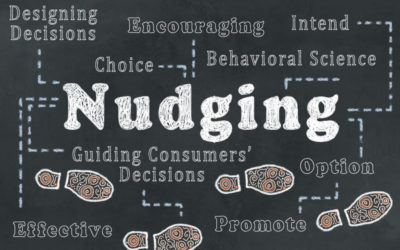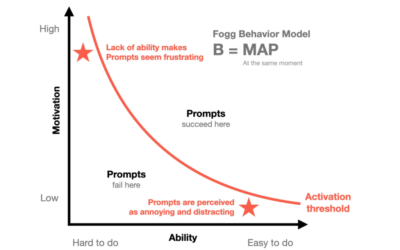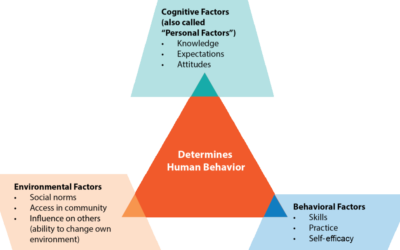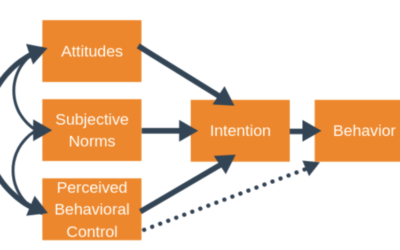Article
Change Models
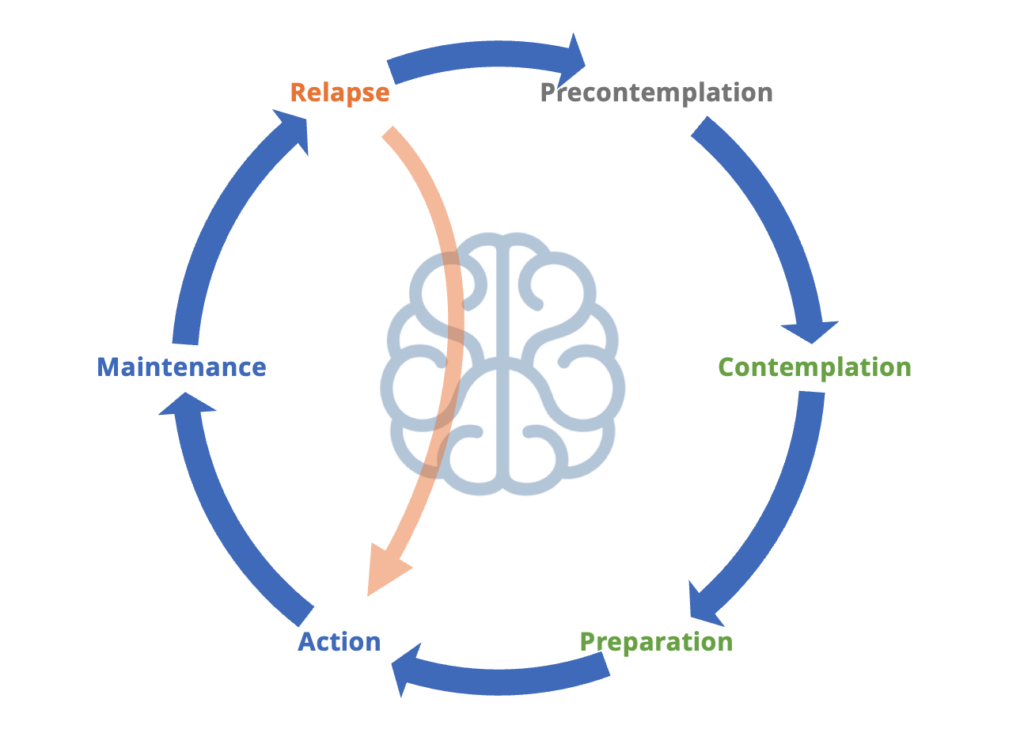
The 6 stages of change model is also known as the transtheoretical model and focuses on the steps of change. This has focused on changing individual’s behaviour to a new healthier behaviour.
These 6 steps are:
-
- Precontemplation – Pre-awareness. In this stage, people do not intend to take action in the foreseeable future (defined as within the next 6 months). People are often unaware that their behavior is problematic or produces negative consequences. People in this stage often underestimate the pros of changing behavior and place too much emphasis on the cons of changing behavior.
- Contemplation – Awareness. In this stage, people are intending to start the healthy behavior in the foreseeable future (defined as within the next 6 months). People recognize that their behavior may be problematic, and a more thoughtful and practical consideration of the pros and cons of changing the behavior takes place, with equal emphasis placed on both. Even with this recognition, people may still feel ambivalent toward changing their behavior.
- Preparation (Determination) – Decision and intention. In this stage, people are ready to take action within the next 30 days. People start to take small steps toward the behavior change, and they believe changing their behavior can lead to a healthier life.
- Action – Implementation. In this stage, people have recently changed their behavior (defined as within the last 6 months) and intend to keep moving forward with that behavior change. People may exhibit this by modifying their problem behavior or acquiring new healthy behaviors.
- Maintenance – In this stage, people have sustained their behavior change for a while (defined as more than 6 months) and intend to maintain the behavior change going forward. People in this stage work to prevent relapse to earlier stages.
- Relapse / Termination – Some version of the model put terminatoin i.e. the new behaviour is embedded and therefore the change process has finished. Arguably it stay in maintenance for a long period of time. Other version add “relapse” for when there is a relapse to old behaviours. this then leads bak to action phase.
This is guided by:
-
- Consciousness Raising – Increasing awareness about the healthy behavior.
- Dramatic Relief – Emotional arousal about the health behavior, whether positive or negative arousal.
- Self-Reevaluation – Self reappraisal to realize the healthy behavior is part of who they want to be.
- Environmental Reevaluation – Social reappraisal to realize how their unhealthy behavior affects others.
- Social Liberation – Environmental opportunities that exist to show society is supportive of the healthy behavior.
- Self-Liberation – Commitment to change behavior based on the belief that achievement of the healthy behavior is possible.
- Helping Relationships – Finding supportive relationships that encourage the desired change.
- Counter-Conditioning – Substituting healthy behaviors and thoughts for unhealthy behaviors and thoughts.
- Reinforcement Management – Rewarding the positive behavior and reducing the rewards that come from negative behavior.
- Stimulus Control – Re-engineering the environment to have reminders and cues that support and encourage the healthy behavior and remove those that encourage the unhealthy behavior.
Summary
The 6 stages of change give a guide through the temporal process of change, particularly for an indivudal. However, this can also be applied to institutions, initiatives, and corporations. It does not give clear guidance on the mechanism of change and when to use them. In contrast to other models this does not anaylse the drivers of behaviour such as attitudes, beliefs, and ability.
Simple Takeaways
-
- We can break change down into 6 stages
- This can guide thinking nad how to design interventions at each stage
© leading brains 2022
Reference
The transtheoretical model of health behavior change.
American Journal of Health Promotion, 12(1).
https://doi.org/10.4278/0890-1171-12.1.38
More Articles
The Nine Interventions
There have been multiple models of behaviour and behavioural change proposed over the years. These have taken different viewpoints of behaviour.
Two Types of Willpower
Will power can be different things – but not according to us everyday folk…
Mask-Wearing Makes You Better Behaved
This is a fascinating study that shows that wearing masks changes behaviour in subtle but important ways…
Behavioural Change Theories
There have been multiple models of behaviour and behavioural change proposed over the years. These have taken different viewpoints of behaviour.
Behavioural Change Wheel
The Behaviour Change Wheel is the result of a systematic review of change models, frameworks, and theories, followed by the subsequent realisation that they were not aligned and describing different things.
Nudge
A nudge in everyday language is a gentle push. Something that is none aggressive but significant enough to be noticed and often triggers a behaviour…
B-MAT
The B-MAT model is similar to the COM-B model included in the Behavioural Change Wheel which aims to explain behaviour and its antecedents and therefore aim to guide behavioural change attempts
Social Cognitive Theory
Social Cognitive Theory by famed psychologist Bandura is grounded, as the name suggests, in social contexts saying that behaviour is driven by the triad of behaviour, personal, and environmental factors
Theory of Planned Behaviour
he theory of planned behaviour is a psychological theory proposed by Icek Ajzen that links beliefs to behaviour. This builds on the theory of reasoned action
Don’t Try to Change Minds – Change Behaviour
Don’t try to change minds but simply change behaviour is the result a group of researchers have come to with regard to vaccinations.
